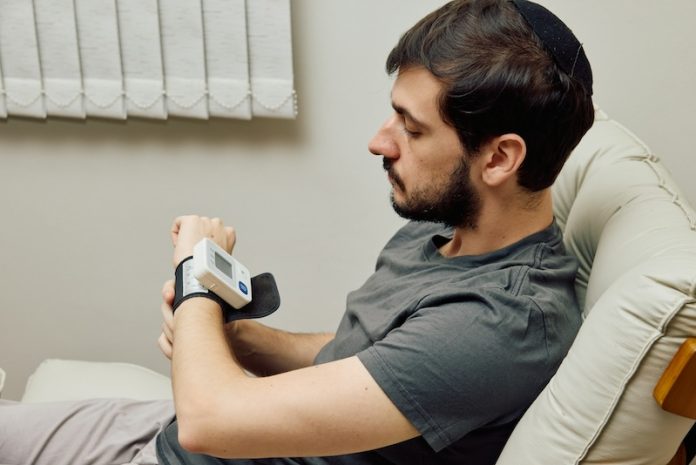
Researchers from St George’s and other institutions have discovered 119 areas in our DNA that influence the size and shape of blood vessels at the back of the eye.
This discovery sheds light on how the twisting of these blood vessels can lead to high blood pressure and heart disease.
Taking high-resolution digital images of the back of the eye is straightforward.
These images allow doctors and researchers to see the retina and the blood vessels and nerves connected to it.
The eye serves as a “window” into the body, offering a way to study these blood vessels and gain insights into our overall health.
Previous research has shown that the shape and size of blood vessels in the retina are linked to various health conditions like high blood pressure, heart disease, diabetes, and obesity.
However, the role of genetics in shaping these blood vessels was not well understood until now.
In this study, researchers examined retinal images from nearly 53,000 participants in the UK Biobank study. They used artificial intelligence (AI) to quickly and accurately identify the different types of blood vessels (arteries and veins) and measure their width and the degree of their twisting.
The researchers then performed a genome-wide association study (GWAS) to look for commonalities in the DNA of people with similar blood vessel characteristics.
They analyzed the genetic data of 52,798 UK Biobank members and identified 119 genetic regions associated with the shape and size of retinal blood vessels. This is more than any previous study has found.
Of these 119 regions, 89 were linked to the twisting of the arteries. The degree of twisting in the retinal arteries was found to be the most strongly influenced by genetics.
Additionally, a higher degree of twisting in the arteries was associated with high diastolic blood pressure and heart disease. Diastolic blood pressure measures the pressure in the arteries when the heart is at rest between beats.
This genetic information is crucial for our understanding of how these conditions develop and could lead to new treatments in the future.
For those interested in managing blood pressure, studies have shown that frequent naps are linked to high blood pressure, while beetroot juice can help lower it.
For heart health, research suggests that zinc can reduce the risk of death from heart disease, and intensive blood pressure control can lower the risk of heart muscle damage.
The study, led by Professor Christopher Owen and his team, was published in PLOS Genetics. This research highlights the importance of understanding the genetic factors that influence our health and opens the door to potential new therapies.
If you care about high blood pressure, please read studies about vitamins impacts on high blood pressure people need to know, and how to manage high blood pressure and diabetes with healthy foods.
For more health information, please see recent studies about the best and worst foods for high blood pressure, and modified traditional Chinese cuisine can lower blood pressure.
Copyright © 2024 Knowridge Science Report. All rights reserved.



